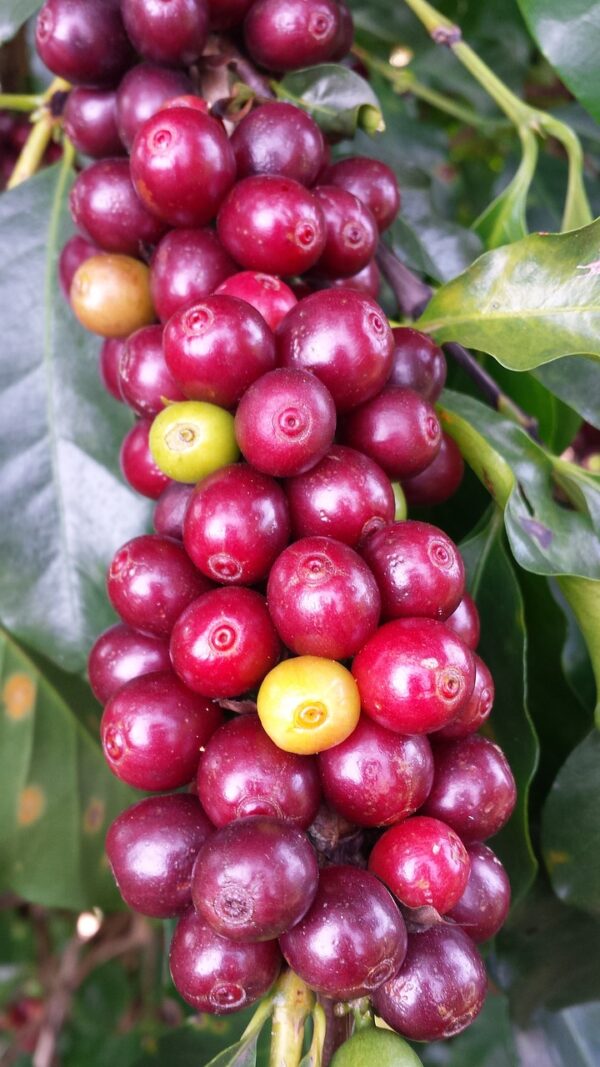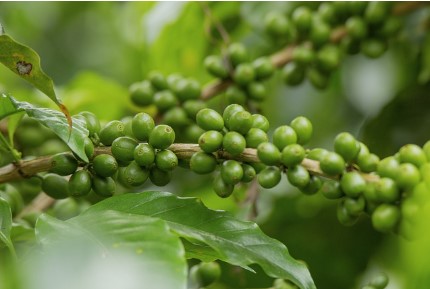Nurturing Liquid Gold: A Comprehensive Guide to Coffee Cultivation-by Kalani-eLanka

Coffee cultivation is an art and science that transforms the seeds of the coffee tree into the aromatic, energizing beverage enjoyed by millions worldwide. This journey involves a delicate dance between nature and human intervention, ensuring that every step, from planting to harvest, contributes to the creation of exceptional coffee. In this comprehensive guide, we will explore the key elements of coffee cultivation, shedding light on the methods and practices that make coffee farming a fascinating and rewarding endeavor.
Coffee is a tropical crop, thriving in regions along the equator known as the coffee belt. Altitude, climate, and soil composition play crucial roles in determining the quality and flavor profile of coffee beans. Arabica beans, with their delicate flavors, prefer higher elevations with cooler temperatures, while Robusta beans, known for their robust taste, can withstand lower altitudes and warmer conditions. Selecting the right location sets the foundation for a successful coffee plantation.
The journey of coffee cultivation begins with the propagation of coffee trees. Farmers typically use seeds from ripe coffee cherries, selecting those with desirable traits. These seeds are planted in nurseries and nurtured until they reach the sapling stage. Once ready, the saplings are transplanted to the coffee plantation, where they will grow and eventually bear fruit.
Pruning is a crucial aspect of coffee cultivation, influencing the health and productivity of the trees. Regular pruning helps control the size and shape of the trees, promotes air circulation, and facilitates sunlight penetration. Additionally, farmers employ canopy management techniques to ensure an even distribution of sunlight, leading to uniform ripening of the coffee cherries.

The timing of the harvest is crucial, as it directly impacts the flavor and quality of the coffee. Coffee cherries do not ripen simultaneously, requiring careful observation and selective harvesting. There are two primary methods: strip picking, where all cherries are harvested at once, and selective picking, where only the ripe cherries are harvested by hand. Selective picking is labor-intensive but yields beans of superior quality.
After harvesting, coffee cherries undergo processing to extract the beans. The choice of processing method—dry or wet—can significantly influence the final flavor. In the dry method, cherries are sun-dried before husking, while the wet method involves pulping, fermenting, washing, and then drying the beans. Each method imparts distinct characteristics to the beans, contributing to the diversity of coffee flavors.
After harvesting, coffee cherries undergo processing to extract the beans. The choice of processing method—dry or wet—can significantly influence the final flavor. In the dry method, cherries are sun-dried before husking, while the wet method involves pulping, fermenting, washing, and then drying the beans. Each method imparts distinct characteristics to the beans, contributing to the diversity of coffee flavors.
Coffee cultivation is a labor of love that requires dedication, expertise, and a profound connection to the land. From the careful selection of seeds to the artful roasting process, every stage contributes to the creation of a beverage that transcends borders and cultures. As you savor your next cup of coffee, take a moment to appreciate the hands and the land that nurtured the liquid gold in your cup—a testament to the intricate journey from cultivation to your coffee mug.







